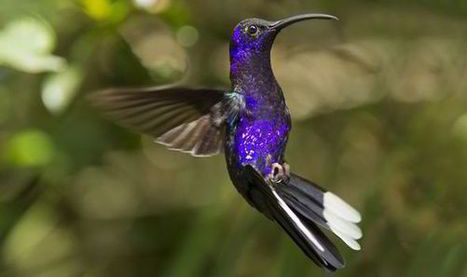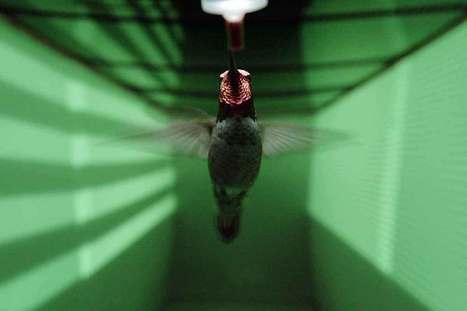"A North African company has developed what it contends is a paradigm-shifting wind turbine technology based on the flapping of hummingbird wings. Any potential paradigm shifts are down the road a bit, but based on some remarkable images and new demo videos, the clean energy machine may be the prettiest wind turbine ever invented. Developed by Tyer Wind, a startup based in Tunisia, the turbine uses biomimicry principles to replicate the mechanical action of hummingbird wings. The design is fundamentally different from standard rotor-based wind turbines because instead of converting linear motion - wind blowing across the land - into a circular motion, it converts it into a figure-eight pattern. Not only is that shape the same as the one hummingbird wings make while the birds hover, but it also generates energy on both the upstroke and the downstroke.
Research and publish the best content.
Get Started for FREE
Sign up with Facebook Sign up with X
I don't have a Facebook or a X account
Already have an account: Login
 Your new post is loading... Your new post is loading...
 Your new post is loading... Your new post is loading...
|
|












